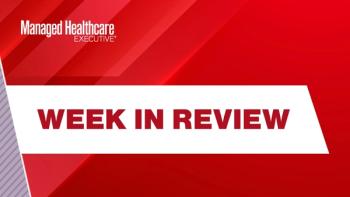
Aetna in discussion with irate blogger
Narrow networks keep premiums low, but how narrow is too narrow?
When a physician posted a
Dr. Held called out the Affordable Care Act, Aetna’s network and its new allowables as reasons for not wanting to continue to contract with the payer.
In an email to MHE, Aetna responded by saying the organization is in discussions with the provider. It also issued a statement about the exchange network:
“Aetna’s exchange network is built with the same goals as our networks for all other commercial medical plans-to deliver access to doctors, hospitals and other providers who provide high quality healthcare services at competitive prices. Members who purchase health insurance through the public exchanges, and the providers who serve those members, receive the same service and support that we provide for health plans purchased off-exchange.
“We notified providers of their participation in our exchange network as well as any changes in Aetna rates, as required under contract and in accordance with state regulations. If for any reason a provider objects to offering services to members who bought their plan through an exchange, we will work with that provider to address their concerns.”
The back and forth between payer and provider over network status is an emerging trend that has caught the eye of state and federal regulators. Mississippi and Pennsylvania are considering bills that would more tightly regulate the number of doctors and hospitals in a network, while the federal government has released a new
At the same time, payers know that slimming down their networks to include only more effective, efficient providers is the best way to keep premiums in check.
Newsletter
Get the latest industry news, event updates, and more from Managed healthcare Executive.

















































